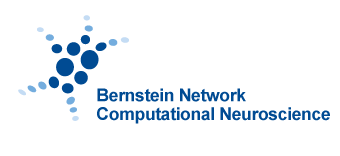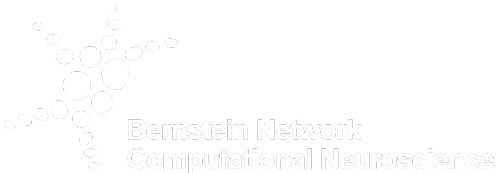BIH Researchers develop theory on traveling waves of activity in the human brain
Researchers at the Berlin Institute of Health at Charité (BIH) have used brain simulations to develop a theory on the formation of traveling waves of activity. These waves influence cognitive processes in the human brain such as learning or remembering. Understanding traveling waves of activity can support in treating patients with cognitive disorders.

Copyright: Brain Simulation Section, BIH, Charité - Universitätsmedizin Berlin
Bernstein members involved: Petra Ritter
For the first time, researchers around Professor Dr. Petra Ritter’s team succeeded in explaining the propagation of traveling waves of activity in the human brain using a computer simulation. Previous studies indicate that these waves are important for various cognitive functions such as memory. Professor Dr. Petra Ritter is Johanna Quandt Professor at the Berlin Institute of Health at Charité (BIH) leading the research group for brain simulation. At the same time, she is Head of the Section Brain Simulation at the Department of Neurology and Experimental Neurology at Charité – Universitätsmedizin Berlin. The results of the study led by Dr. Ritter have been published in “Nature Communications” and are part of the dissertation work of Dominik Koller, the first author of the publication.
A form of brain waves
Traveling waves of activity are a pattern of neuronal signals that arise when groups of neurons are active at the same time while this synchronous activity travels spatially across the cortex over time. Researchers can visualize the waves using measurements such as electroencephalography (EEG for short). The waves are caused by a spatially extended frequency gradient in the brain, which in turn is created by a gradient in the strength of the connectivity.
Like ocean waves across the ocean
Professor Dr. Petra Ritter is convinced that brain waves can be a key to learning processes in the brain, because synchronous activity strengthens the connection: “The wave fronts moving across the brain synchronize the activity of nerve cells, even if they are spatially distant from each other. A well-known theory states that what “fires” together – i.e. is active at the same time – wires together. This means that these waves can provide an important basis for the coordination of plastic changes in the brain, called learning,” explains Petra Ritter. The waves in the brain can travel on various spatial scales and change direction and other skills: “We know that there are various factors influencing the propagation of the waves, but the exact relationships are very complex. With our mathematical models of the brain, it is despite the complexity possible to break down the underlying rules.”
Traveling waves of activity are important in therapy
Knowledge of the mechanisms behind the development of traveling waves of activity can improve the treatment of brain diseases in the future and help to understand these diseases. “For example, in the treatment of schizophrenia, epilepsy or Parkinson’s ” adds Petra Ritter. The digital brain twins being developed by Petra Ritter’s team can also be used to simulate the reaction of a brain to a stimulus. Ritter sees potential in the simulation to plan therapies such as brain stimulation – e.g. deep brain stimulation for Parkinson’s disease – but also to plan neurosurgical interventions in a personalized way on the computer and thus make them safer and more efficient: “What previous models have not considered are plastic changes. Understanding the development of wavefronts can now also be used to simulate learning effects in the sense of a change in the brain.” In a next step, the researchers plan to use the model to simulate the long-term effects of external stimulation of the brain, such as transcranial magnetic stimulation (TMS) or deep brain stimulation with inserted electrodes, i.e. when plastic changes occur. In this way, brain research could help doctors in future to use computer simulations to plan which stimulation has the best effect for a sick person.




